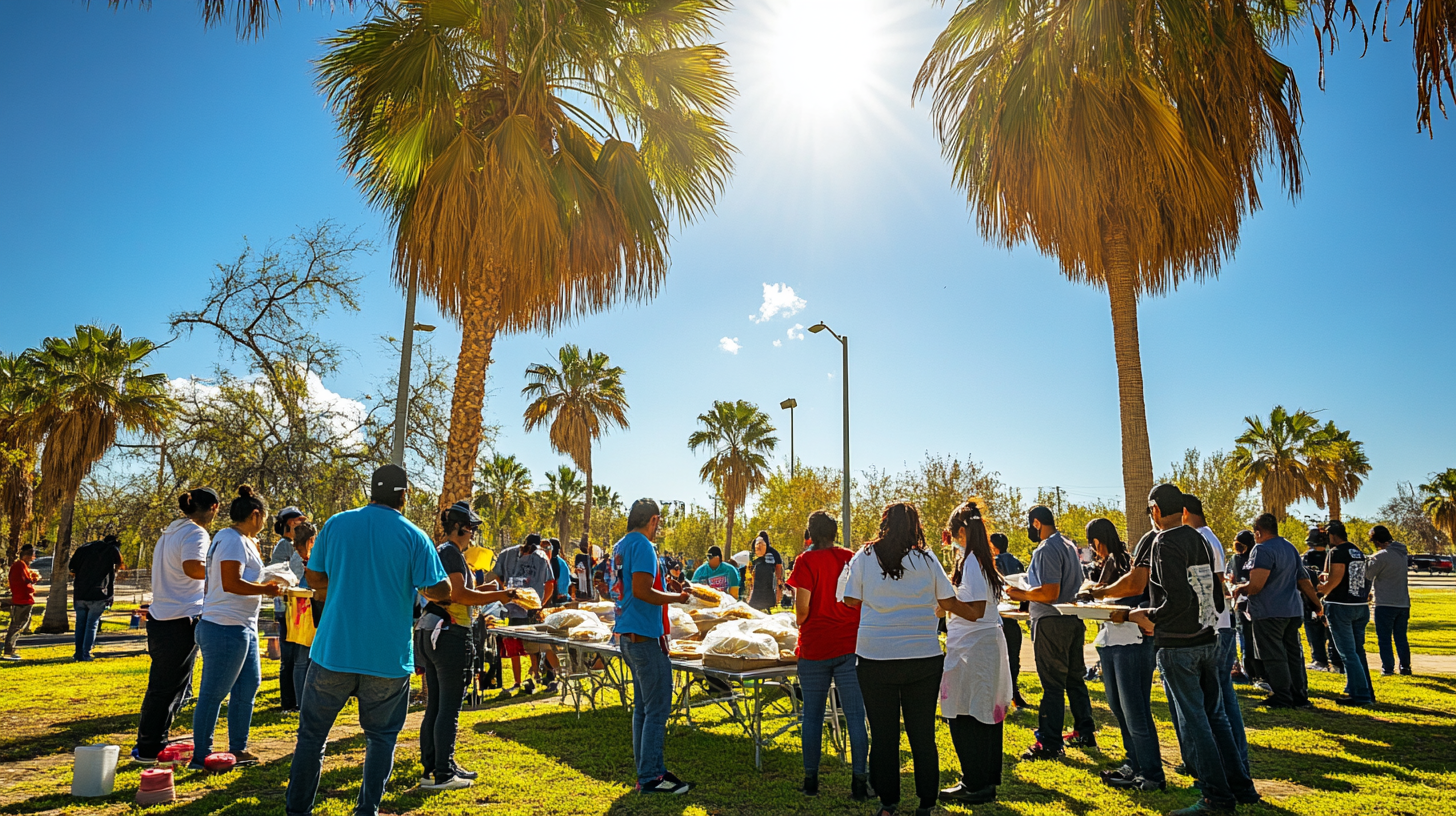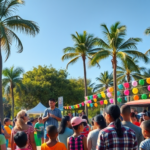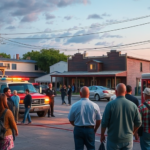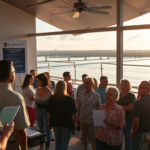Free Meal Distribution Across the Rio Grande Valley in Wake of Severe Floods
Amid the widespread devastation caused by recent severe flooding, the Rio Grande Valley communities are banding together to provide aid to those most affected. Local governments, organizations, and volunteers have orchestrated various free meal distribution events to ensure that residents impacted by the disaster can access essential nourishment.
Coordinated Relief Efforts Across the Valley
Following intense thunderstorms on March 27th that led to widespread flooding across Cameron, Hidalgo, and Willacy counties, emergency services and volunteers are working swiftly to offer relief. The City of Edcouch, partnering with World Central Kitchen and other local organizations, has organized a drive-thru meal distribution at the Edcouch Fire Department on March 30th, starting at noon. This initiative aims to support families whose livelihoods have been disrupted by the deluge.
In McAllen, the collaboration with World Central Kitchen extends to providing free meals at the Palmview Community Center. Additionally, the City of Weslaco, in partnership with The Salvation Army, will conduct two distribution events on the same date at 12:30 p.m. and 5:30 p.m., stationed at strategic locations around the city. With several community-focused initiatives, these events exemplify the Valley’s resilience and commitment through community interest and action.
Meanwhile, in Willacy County, Sebastian residents will receive support from the American Red Cross, as it has established a food station at the local fire station, catering specifically to flood victims in this area. This effort will continue until supplies are exhausted, addressing the immediate needs of impacted families.
A Broader Impact on the Valley
The storm’s aftereffects have highlighted vulnerabilities across the RGV. Widespread power outages left nearly 6,000 residents without electricity, compounding the difficulties faced by those impacted by the floods. Local businesses and homes suffered significant damage, while transportation infrastructure, including the I-69E Harlingen overpass, has raised safety concerns due to noticeable cracks. Consequently, TxDOT is preparing to undertake necessary repairs, safeguarding commuters and ensuring continuity in the region’s mobility networks.
The widespread infrastructure damage prompted the City of McAllen to waive flood-related building permits temporarily. This measure aims to hasten recovery efforts and lessens the financial strain on homeowners eager to repair flood-damaged properties.
Harriet Rodriguez, a resident and community volunteer in Edcouch, spoke on the relief efforts, stating, “It’s heartening to see the RGV pulling together during such a challenging time. The provision of free meals is just one aspect of the support residents need, but it’s a critical one, and it symbolizes hope and community spirit.”
Crucial Humanitarian Response
The urgency of these efforts is further underscored by the dire situation in Reynosa, where the storm resulted in one confirmed death and nearly 700 water rescues. These grim developments emphasize the necessity for ongoing emergency response and resource allocation across the borders, reinforcing a shared responsibility in addressing regional challenges.
In light of these events, community leaders and officials stress the importance of robust disaster preparedness strategies. Julia Sanchez, Hidalgo County’s Emergency Management Coordinator, remarked, “Our goal is to build a resilient RGV, ready to respond effectively to natural disasters. Key to this is community engagement and education, ensuring everyone is aware of resources and strategies during emergencies.”
Looking to the Future
As recovery efforts forge ahead, residents remain optimistic about overcoming current challenges. The cohesive response and swift mobilization of resources spotlight the collective determination to rebuild and strengthen community ties. However, long-term efforts must focus on improving infrastructure resilience, enhancing flood mitigation measures, and ensuring communities are better equipped for future events.
Additionally, while these actions provide temporary relief, a sustained focus on addressing socio-economic disparities highlighted by the disaster is imperative. By building on current recovery efforts, Rio Grande Valley communities can lay the groundwork for a more prosperous and resilient future, leveraging current challenges as opportunities for growth and cooperation.
Valley residents seeking more information or interested in participating in relief efforts are encouraged to connect with local government offices or visit community centers for details on how to contribute to ongoing disaster response and recovery initiatives.







